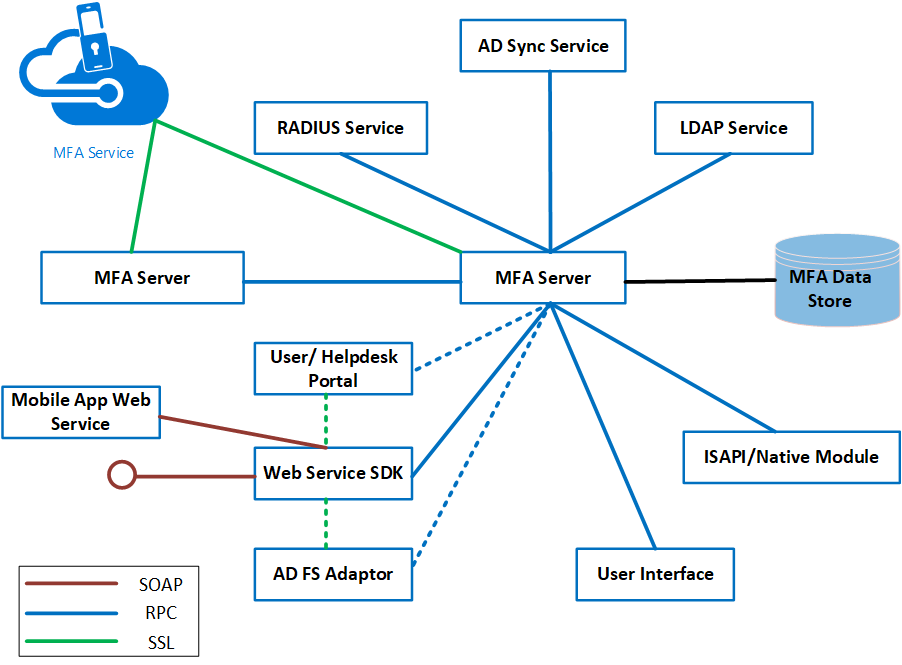

Tap + > Work or school account or choose ‘ Add account’ from the options menu. Open the Microsoft Authenticator app on your phone. The following pop up box will appear, displaying a ‘ QR’ code: You will now see the Additional security verification/Multi Factor authentication setup page and have several options.Ĭhoose ‘ Mobile App’ and select ‘ Receive notifications for verification’. You will be redirected to the following page. Please enter your usual network login password and click ‘ Sign In’: Click ‘Sign In’Įnter your Concord College email address and click ‘ Next’ Open your web browser on your workstation/laptop/surface and go to Aka.ms/mfasetup. Below are direct links for the various supported platforms: Please install the Microsoft Authenticator app from your supported AppStore on your mobile phone or mobile device. If I may give you advice, If possible try to get rid of App Passwords and choose the Modern way of authentication and use Conditional Access in combination with the feature as described above.Īnd last but not least, read this great article published by Jan Bakker. Sidenote, if you change the authentication methods within the Azure Portal, this will also affect the "traditional MFA methods".

Don't configure this setting directly for all users, first, start with a set of 'pilot' users and ask for their findings, so select "Selected" users or groups.

This can be configured and found under the Azure Portal > Azure Active Directory > User settings > User features -> Manage user feature settings and then choose - Users can use the combined security information registration experience. This is a new way of letting users configuring their MFA method or self-service password method. When you're being redirected to the mysignins page, it's because the tenant uses the "Users can use the combined security information registration experience". With this method, you can't control any conditions when and where MFA should be used. You can see who is enabled or enforced to use this traditional method by browsing to the Azure portal > Azure Active Directory > Per-user MFA. I would say that this is the traditional method to use MFA. The reason you're being redirected sometimes to account.activedirectory URL in some tenants is because it's using the so-called "Per-user MFA" method.


 0 kommentar(er)
0 kommentar(er)
